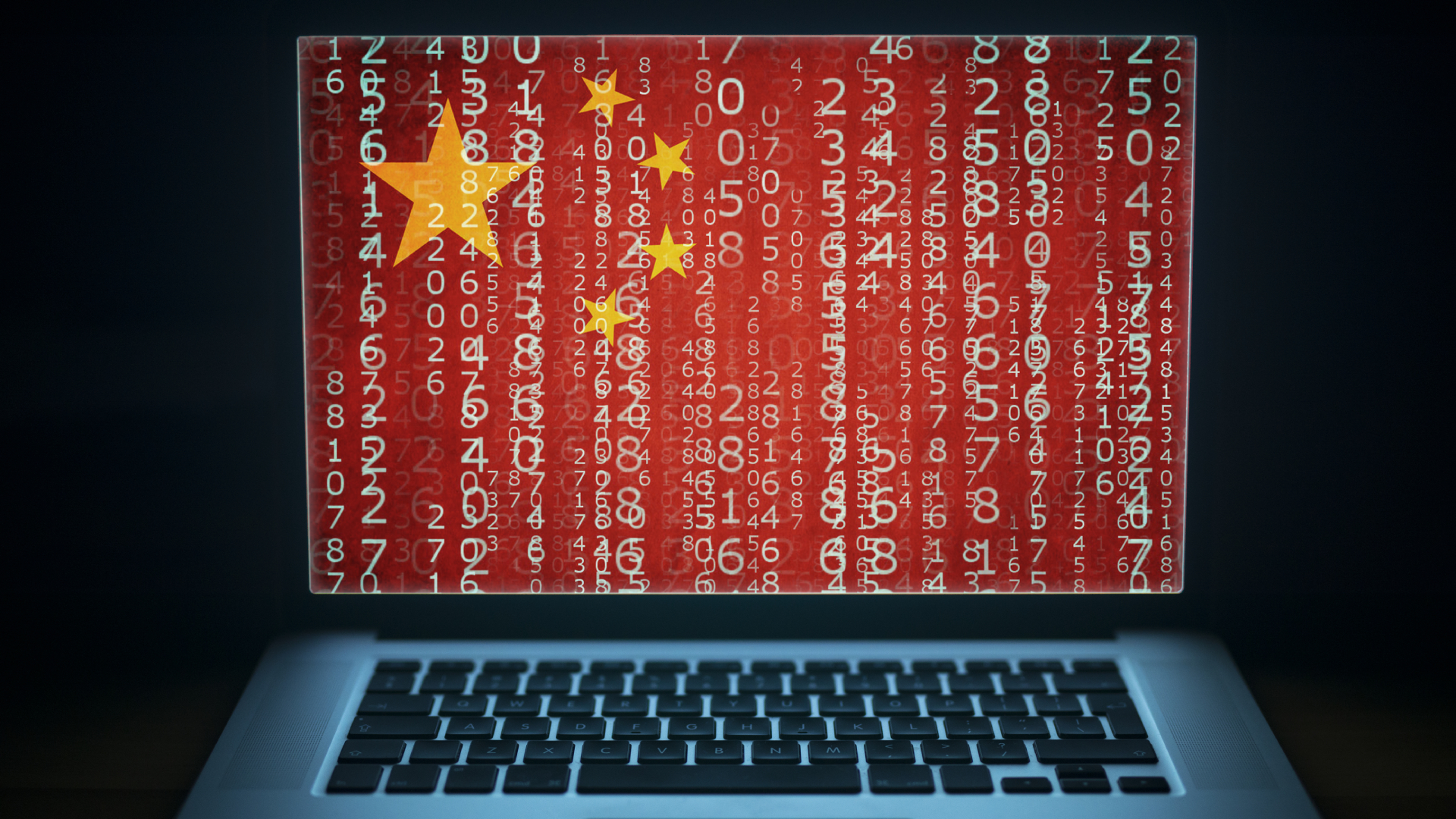Researchers demonstrate how to install malware on iPhone after it's switched off
The most recent iPhones are found to be vulnerable after researchers discover an exploit in a beloved iOS 15 feature


A team of German researchers have discovered a new threat model affecting Apple iPhones that allows malware to be installed on a device even when it’s switched off.
Researchers were able to show that malware could be installed on an iPhone’s Bluetooth chip - one of the few components that both remain active after the device is shut down, and also has access to an iPhone’s secure element.
The discovery is reliant on an iPhone user running iOS 15 or later since this was the release that added the functionality to find the device even after it had been shut down.
Most wireless chips remain activated on an iPhone for users who have enabled the ‘Find My network’ setting in Apple’s Find My app, even if it has been manually powered down.
These wireless chips: Bluetooth, NFC, and ultra-wideband (UWB) are all hardwired to the phone’s secure element - the area in which secrets are stored - and can therefore no longer be trusted components of the device, the researchers said, given that they are accessible after a shutdown.
The researchers were able to write to the Bluetooth chip in an iPhone 13 by exploiting a legacy feature that requires iOS to be able to write to the executable RAM regions using a vendor-specific host-controller interface (HCI) command.
RELATED RESOURCE

The truth about cyber security training
Stop ticking boxes. Start delivering real change.
FREE DOWNLOAD
Attackers could theoretically modify the custom functionality of the Bluetooth chip during a low power mode, via malware, to send the device’s location to the attacker, or add new functionality entirely, the researchers said in a paper.
Sign up today and you will receive a free copy of our Future Focus 2025 report - the leading guidance on AI, cybersecurity and other IT challenges as per 700+ senior executives
Although the attack is not currently exploited in the wild, and according to other researchers speaking to Vice, prospective attackers would need to chain this vulnerability with a separate exploit to execute it, the researchers’ work presents a new threat model to be aware of.
Businesses that have equipped their workforce with iPhones running iOS 15 or later should consider turning off the Find My network as a device policy before issuing to employees.
The researchers did stipulate that the Find My network feature did, overall, improve the security of the iPhone, despite the new threat model its new functionality presents.
IT Pro contacted Apple for a response but it did not reply at the time of publication and declined to comment on the story to other media outlets.

Connor Jones has been at the forefront of global cyber security news coverage for the past few years, breaking developments on major stories such as LockBit’s ransomware attack on Royal Mail International, and many others. He has also made sporadic appearances on the ITPro Podcast discussing topics from home desk setups all the way to hacking systems using prosthetic limbs. He has a master’s degree in Magazine Journalism from the University of Sheffield, and has previously written for the likes of Red Bull Esports and UNILAD tech during his career that started in 2015.
-
 Can enterprises transform through startup theory?
Can enterprises transform through startup theory?In-depth For big corporations, the flexibility, adaptability, and speed of a startup or scale-up is often the total opposite of what’s possible within their own operations
-
 AI is creating more software flaws – and they're getting worse
AI is creating more software flaws – and they're getting worseNews A CodeRabbit study compared pull requests with AI and without, finding AI is fast but highly error prone
-
 Everything you need to know about Google and Apple’s emergency zero-day patches
Everything you need to know about Google and Apple’s emergency zero-day patchesNews A serious zero-day bug was spotted in Chrome systems that impacts Apple users too, forcing both companies to issue emergency patches
-
 Security experts claim the CVE Program isn’t up to scratch anymore — inaccurate scores and lengthy delays mean the system needs updated
Security experts claim the CVE Program isn’t up to scratch anymore — inaccurate scores and lengthy delays mean the system needs updatedNews CVE data is vital in combating emerging threats, yet inaccurate ratings and lengthy wait times are placing enterprises at risk
-
 IBM AIX users urged to patch immediately as researchers sound alarm on critical flaws
IBM AIX users urged to patch immediately as researchers sound alarm on critical flawsNews Network administrators should patch the four IBM AIX flaws as soon as possible
-
 Critical Dell Storage Manager flaws could let hackers access sensitive data – patch now
Critical Dell Storage Manager flaws could let hackers access sensitive data – patch nowNews A trio of flaws in Dell Storage Manager has prompted a customer alert
-
 Flaw in Lenovo’s customer service AI chatbot could let hackers run malicious code, breach networks
Flaw in Lenovo’s customer service AI chatbot could let hackers run malicious code, breach networksNews Hackers abusing the Lenovo flaw could inject malicious code with just a single prompt
-
 Industry welcomes the NCSC’s new Vulnerability Research Initiative – but does it go far enough?
Industry welcomes the NCSC’s new Vulnerability Research Initiative – but does it go far enough?News The cybersecurity agency will work with external researchers to uncover potential security holes in hardware and software
-
 Hackers are targeting Ivanti VPN users again – here’s what you need to know
Hackers are targeting Ivanti VPN users again – here’s what you need to knowNews Ivanti has re-patched a security flaw in its Connect Secure VPN appliances that's been exploited by a China-linked espionage group since at least the middle of March.
-
 Broadcom issues urgent alert over three VMware zero-days
Broadcom issues urgent alert over three VMware zero-daysNews The firm says it has information to suggest all three are being exploited in the wild